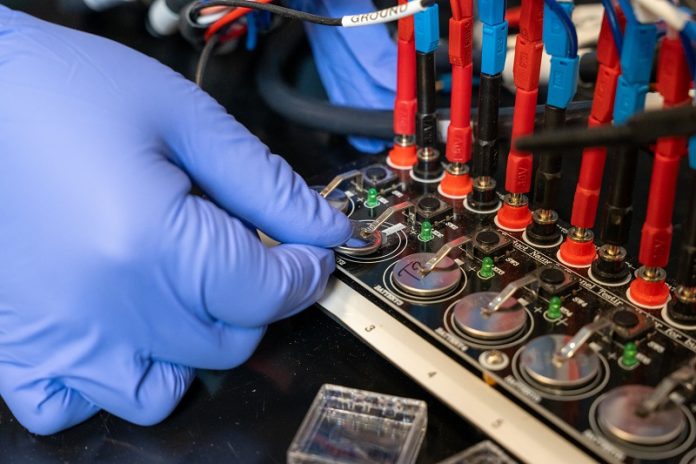
Ever noticed how your old cellphone doesn’t hold a charge as well as it used to?
This happens because batteries lose capacity over time, a problem that also affects the batteries in electric vehicles (EVs).
Until now, scientists didn’t fully understand why this happens, but a recent discovery by an international team of researchers could change that—and potentially lead to better, longer-lasting EV batteries.
This new finding, led by an engineer at the University of Colorado Boulder, sheds light on how and why batteries degrade over time.
The research could help in creating batteries that allow electric vehicles to travel farther on a single charge and last longer overall.
Additionally, these advancements could accelerate the global shift to clean energy, reducing our reliance on fossil fuels.
Why Battery Degradation Matters
Lithium-ion batteries are the most common type of rechargeable battery used today, found in everything from cellphones to electric cars.
But as these batteries age, they lose their ability to hold a charge, which is why you might need to replace your EV’s battery after 7 to 10 years.
One big reason for this is a process called self-discharge, where the battery loses stored energy even when it’s not being used.
This phenomenon has puzzled scientists for years, especially when trying to create batteries that don’t rely on cobalt—a rare and expensive mineral.
Cobalt is a crucial component in many lithium-ion batteries because it helps to stabilize them. However, mining cobalt comes with severe environmental and human rights concerns, especially in the Democratic Republic of Congo, where much of the world’s cobalt is sourced.
Miners, including children, often work in dangerous conditions.
This has prompted engineers to find alternatives, like nickel or magnesium, but these elements have led to even higher self-discharge rates, further limiting the lifespan of batteries.
The team, led by Michael Toney, a professor at the University of Colorado Boulder, decided to dig deeper into the causes of self-discharge.
They used the Advanced Photon Source, a powerful X-ray machine located at the U.S. Department of Energy’s Argonne National Laboratory in Illinois, to investigate the issue.
Here’s what they found: In a typical lithium-ion battery, lithium ions move between two sides of the battery, the anode and the cathode, through a liquid called an electrolyte. This movement generates an electric current that powers your device. When you charge the battery, the lithium ions move back to the anode, ready to be used again.
But something was going wrong. The team discovered that hydrogen molecules from the electrolyte were sneaking over to the cathode and taking up the spots where lithium ions usually settle.
This meant there were fewer places for lithium ions to attach, weakening the electric current and reducing the battery’s capacity. This was a key reason why batteries lose their charge over time.
What This Means for the Future
Transportation is a significant contributor to greenhouse gas emissions, accounting for about 28% of the U.S.’s emissions in 2021.
Many car manufacturers are shifting from gasoline-powered vehicles to electric ones in an effort to reduce these emissions. However, EVs still face challenges like limited driving range, higher production costs, and shorter battery life compared to traditional vehicles.
The findings from this study could address these issues. By understanding what causes batteries to degrade, engineers can now explore ways to prevent this, such as coating the cathode with a special material to block those pesky hydrogen molecules or using a different electrolyte altogether.
With these improvements, we could see EVs that not only go farther on a single charge but also last longer and cost less. This could make electric vehicles more appealing to consumers and help drive the transition to cleaner energy.
“We’re helping to advance lithium-ion batteries by figuring out the molecular-level processes involved in their degradation,” said Toney. “A better battery is very important in shifting our energy infrastructure away from fossil fuels to more renewable energy sources.”
This breakthrough could be a game-changer in the race to make electric vehicles more efficient and affordable, bringing us one step closer to a cleaner, greener future.



